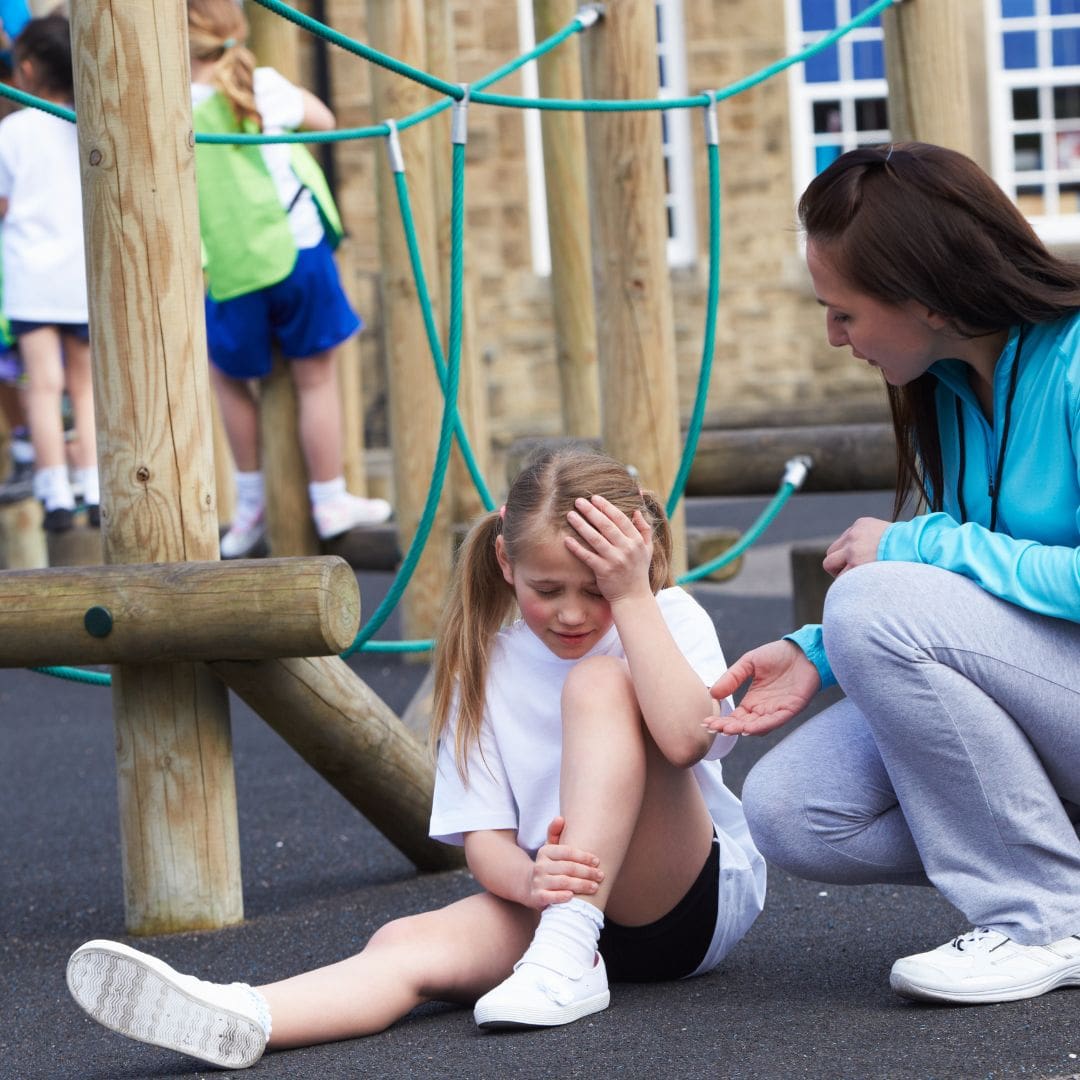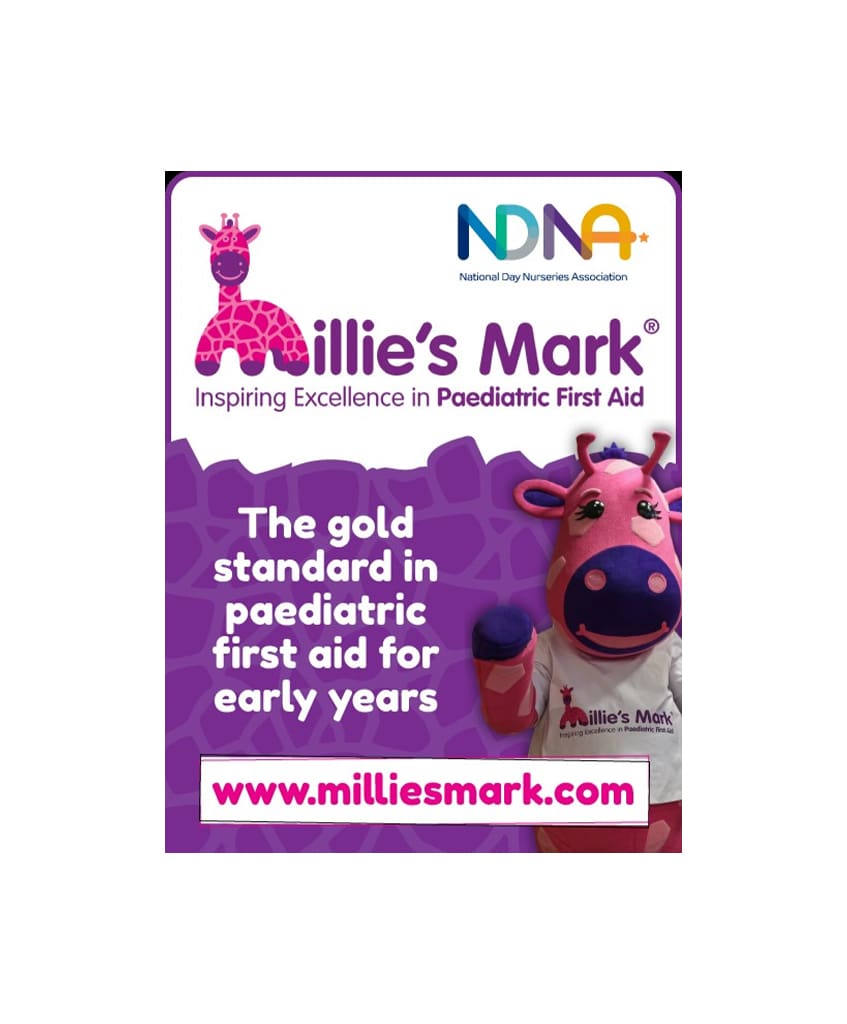Being Child Safety Week this week we thought it would be helpful to highlight some common causes of paediatric accidents. In this blog we will discuss the following;
- Falls
- Poisoning
- Scalds and burns
- Choking and
- Button batteries
Children are frequently so preoccupied with their own immediate interests that they are unaware of their surroundings. They only have a limited perception of the environment because of their lack of experience or development. They are not aware of the consequences of the many new situations that they encounter daily.
Small children may interpret events incorrectly, therefore adults responsible for their care should be cautious not to place unreasonable expectations on them.
Children should be watched constantly. Lock away all medications, drugs, and dangerous chemicals, and keep an eye on fires and stairs.
So what are the most common accidents for children?
-
Falls
- Every day, 45 children under five are admitted to hospital following a serious fall. Stumbles are to be expected, but more serious falls which lead to head injuries can have a lifelong impact.
- Falls are also a serious risk for older children. Each year, around 27,000 children aged 5-14 are admitted to hospital after a fall.
- Each year, approximately 10 children die because of falls, the most of which occur on stairs but some from windows and balconies.
In the household, falls are by far the most frequent cause of accidents; they account for 44% of all incidents involving children.
Most falls involve tripping over on the same level. However, the most serious consequences result from falls between two levels, such as falling out of a pram or highchair or falling from a bed. The worst injuries are sustained when a child falls from a great height or lands on something hard, sharp or hot.
Young children frequently fall because their rapid development catches parents and carers off guard. How often have you heard someone comment, “I didn’t know he could do that”? A toddler could surprise his parents when he climbs on something that he had previously been unable to reach. The various hazards that are present at each stage of a child’s growth should be explained to parents.
-
Poisoning
Most poisoning accidents involve medicines, household products and cosmetics. Some poisoning agents can cause breathing difficulties – seek medical attention immediately.
More than 28,000 children receive treatment for poisoning, or suspected poisoning accidents every year.
Did you know?
- Child-resistant tops and blister packs for tablets help to slow children down but they are not childproof. Some 3–4 year olds can open them in seconds!
- Swallowing medicines, like everyday painkillers that you might keep in your handbag or bedside cabinet, is the most common way for children to be poisoned.
- The detergent capsules and concentrated liquids under the kitchen sink can harm children too – they can cause accidental poisoning but also squirt into the eyes and cause damage. The capsules come in boxes that aren’t child-resistant.
Prevention
- Keep medicines and chemicals out of sight and reach of children, preferably in a locked cupboard
- Wherever possible, buy products in child resistant containers
- Always store chemicals in their original containers
- Dispose of unwanted medicines and chemicals safely
- Avoid buying plants with poisonous leaves or berries or those that can irritate the skin.
-
Scalds and burns
Almost half of all serious burns are to children under two and 70% are to children under five.
It is surprising how quickly a child can suffer severe burns. A newborn or toddler is more vulnerable to severe burns than an adult because of their thinner and more sensitive skin.
Most young children get burned at home when they surprise their parents or other carers, like when they reach for a hot drink or grab hair straighteners.
Hot bath water is responsible for the highest number of fatal and severe scalding injuries among young children. Around 500 children, mainly under-fives, are admitted to hospital and a further 2000 attend A&E departments every year because of bath water scalds.
Children can also suffer burns after contact with open fires, a cooker, irons, curling tongs and hair straighteners, cigarettes, matches, cigarette lighters and many other hot surfaces.
Prevention
- Never hold a hot drink and a child at the same time
- Never leave young children alone in the bathroom
- Put hot drinks out of reach and away from the edges of tables and worktops
- Encourage the use of a coiled flex or a cordless kettle
- Keep small children out of the kitchen whenever possible
- Run the domestic hot water system at 46°C or fit a thermostatic mixing valve to taps
- When running a bath turn the cold water on first and always test the water temperature with your elbow before letting a child get into the bath or shower
- Always use rear hotplates and turn the panhandles away from the front of the cooker
- Keep hot irons, curling tongs and hair straighteners out of reach even when cooling down.
What to do in an emergency?
Knowing what to do if your child suffers a burn can mean the difference between lifelong scarring and a child who heals well.
Remember: COOL, CALL, COVER
- COOL the burn for 20 minutes under cool running water
- CALL for help
- COVER the burn loosely with something like cling film
-
Choking
Babies and small children are most at risk from choking because they examine things around them by putting them in their mouths.
- STAY – Stay with children when they’re eating – it’s the biggest thing you can do for them
- STILL – Get children to sit still – it can be a battle but it’s much safer
Always make sure you cut up food.
- Meat – cut into strips and remove any bones, skin or fat.
- Fruit – check for pips or stones and remove them.
- Round fruitlike grapes, blueberries, cherries, strawberries and cherry tomatoes – cut lengthways and then into quarters.
- Vegetables and larger fruitlike melon, apple, mango, carrot and cucumber – cut into thin strips. You can grate or mash soft food or steam or simmer harder food to soften it, especially for weaning or very young children.
-
Button Batteries
Button batteries are about the size of a 5p piece and if they get lodged in a child’s food pipe the result can be fatal.
Therefore, it’s crucial to keep any items with easily accessible button batteries, as well as spare and even “flat” batteries, out of children’s reach. You must react quickly if you believe your child may have swallowed one.
Most button batteries pass through the body without a problem. But if one gets stuck in the food pipe, energy from the battery reacts with saliva to create caustic soda. This is the same chemical used to unblock drains!
This can cause catastrophic internal bleeding and death by burning through the food pipe to the main artery. Even two hours can be enough time for the chemical reaction to occur. But occasionally it takes days or even weeks.
Injuries from button batteries have the potential to be fatal. There is a chance that the vocal chords or food pipe will be severely injured, making it impossible for the child to speak or eat regularly once again.
Your child can find button batteries in things like:
- Small remote controls
- Car key fobs or key finders
- Musical cards and books
- Light-up toys and novelty items
- Nightlights
- Digital scales
- Thermometers
- Old toys in the toy box
- Children may also find spare batteries that are stored within reach or have fallen from the pack.
If your child does swallow one;
- Don’t delay. Take them straight to A&E or call 999 for an ambulance.
- Tell the doctor you think your child has swallowed a button battery.
- If you have the battery packaging or the product the battery came out of, take it with you.
- Don’t let them eat or drink and don’t make them sick.
We hope this information has been helpful.
If you would like to book onto one of our First Aid Courses so you can learn life saving skills, please call us on 01276 586943 or email us at admin@crosscountiestraining.co.uk for hassle-free bookings.









